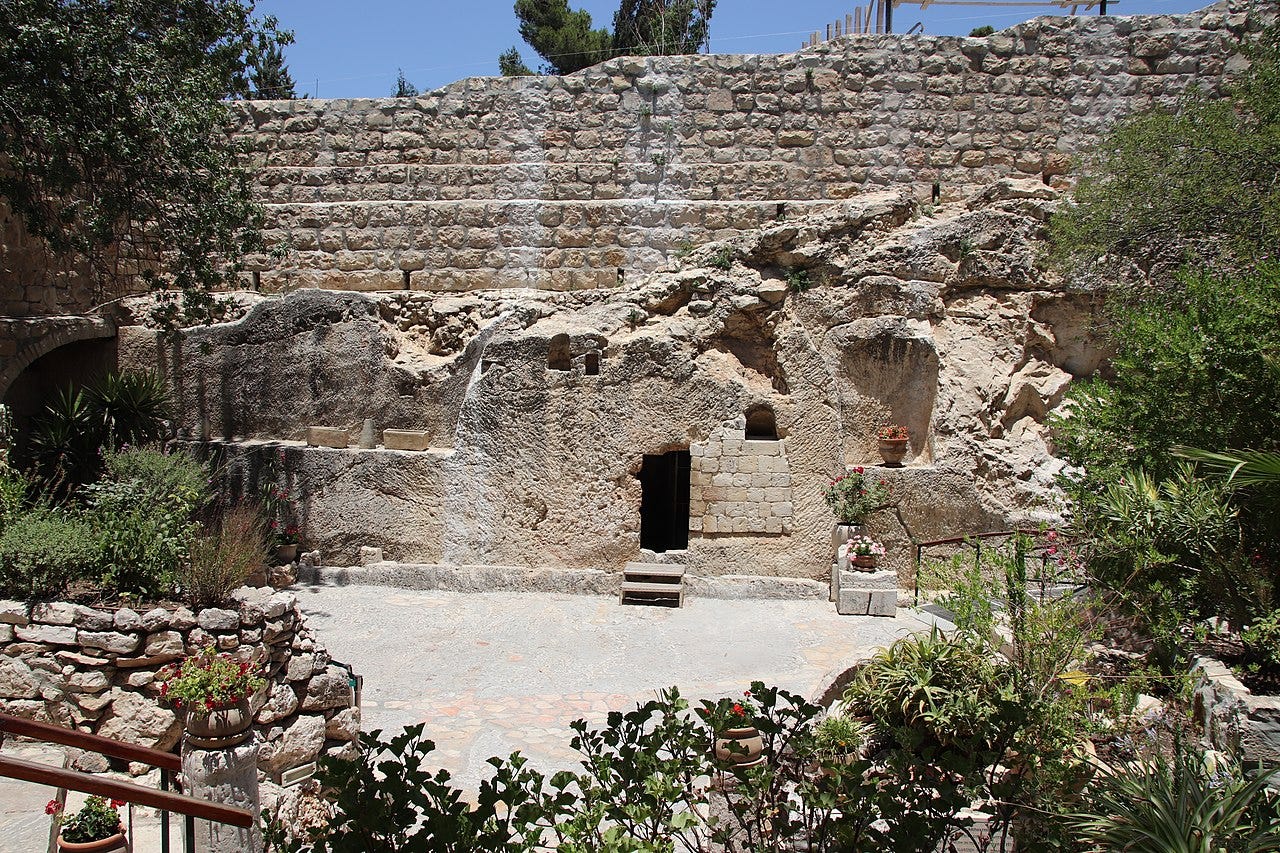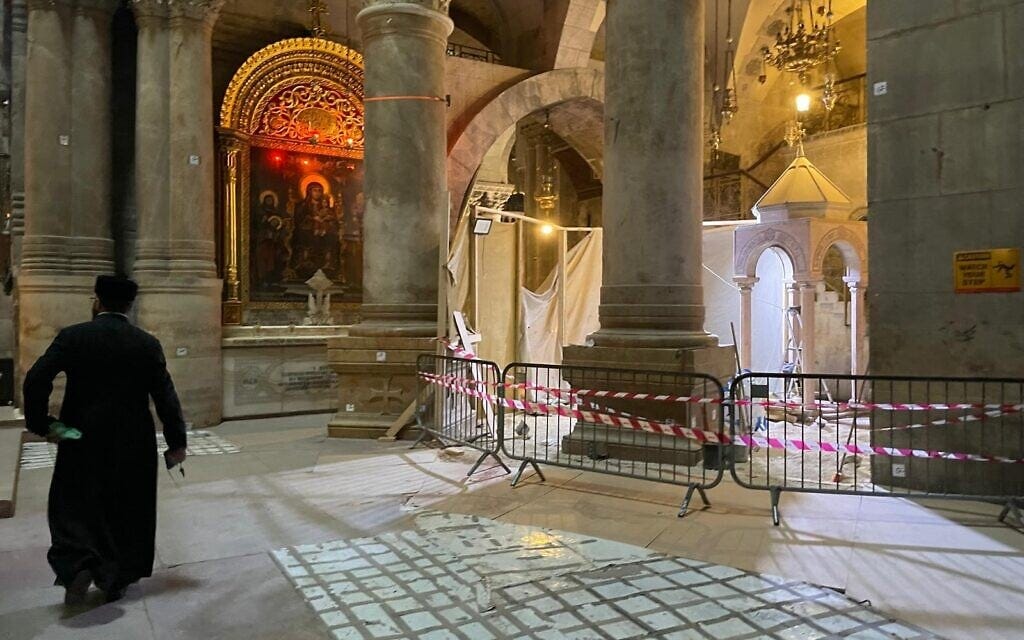John 19:41 tells us: “Now in the place where He was crucified there was a garden, and in the garden a new tomb in which no one had yet been laid.”
This small verse carries a quiet, yet profound detail. Jesus was not just crucified at Golgotha, He was buried in a garden nearby. For many readers, this image seems unexpected. Crucifixion sites were brutal, harsh places often linked with quarries or rocky hillsides. A garden sounds far too peaceful, too beautiful, too alive for such a place of death.
But a recent archaeological discovery under the Church of the Holy Sepulchre in Jerusalem has given new credibility to John’s description and new wonder to the Gospel story.
A Hidden Garden Beneath the Church
The Church of the Holy Sepulchre is one of the most sacred places in Christianity. For centuries, tradition has held that this is where Jesus was crucified, buried, and resurrected. Yet, over time, questions have naturally arisen. Was this really the place? Could there truly have been a garden there? Or was John using symbolic language?
According to a new report by the Times of Israel, archaeologists have uncovered compelling evidence that supports the Gospel’s claim. While excavating beneath the church, they found signs of ancient gardening activity: layers of soil consistent with cultivation, a sophisticated water system, and traces of plants. These findings are more than historical curiosities. They point directly to the reality that, yes, there was a garden exactly where John said.
This changes how we see the cross, the tomb, and the Gospel itself.
Why This Discovery Matters
1. It Confirms the Gospel's Details
The Gospel of John was written by someone claiming to be an eyewitness. The mention of a garden next to the crucifixion site seems like a small detail but that’s exactly what makes it powerful. Small, specific details are hard to invent and easy to challenge. The discovery of a real garden area near what is believed to be Golgotha validates John’s testimony in a fresh and tangible way.
It reminds us that the Bible is not just a book of spiritual lessons, it is a record of real events in real places. Faith, in this sense, is not blind. It’s rooted in a history that can still be seen and touched.
2. It Connects Death with Life
There is something deeply symbolic about a garden near the cross. The place of crucifixion was filled with agony, violence, and shame. But just beside it, a garden grew, full of water, soil, and life. The Gospel is not only about Jesus dying; it’s about new life emerging from that death.
The tomb in the garden was not just a burial place. It became the starting point of resurrection. This beautiful contrast between the rock of the quarry and the growth of the garden captures the heart of Christianity: out of suffering, hope can bloom.
3. It Supports the Church’s Historic Location
Some people have questioned whether the Church of the Holy Sepulchre truly stands on the original location of Jesus’ crucifixion and burial. The modern church is inside today’s city walls, while Scripture says Jesus was crucified outside the city (John 19:20).
But archaeologists have confirmed that in the first century, this area was indeed outside the city. Now, with the added discovery of a garden beneath the site, the historical case becomes even stronger. It affirms that early Christians were likely correct in preserving this sacred location.
4. It Strengthens Our Confidence in Scripture
In a world where many doubt the truth of the Bible, archaeological discoveries like this are incredibly encouraging. They don’t “prove” everything but they add credibility. They show that the authors of Scripture were not writing myths or fables, but carefully recording what they saw and knew.
If John was right about the garden, we are invited to trust him on other things especially the resurrection. The tomb was new. No one had ever been laid in it. When Jesus rose, there was no confusion or mix-up. The evidence of an empty tomb pointed to one thing: He was alive.
The archaeological evidence of a garden near Golgotha may not make headlines for long. But for believers, it’s a quiet confirmation that God is not only the Lord of history, but also the Author of truth. He plants gardens in unlikely places. He brings life where death once ruled.
John was not exaggerating when he said there was a garden. And now, centuries later, the earth itself is echoing his words.
So the next time you think of the cross, remember the garden. The story of Jesus didn’t end in death. It began in a garden tomb, now known to be real, where hope sprang up, and where life conquered death forever.
Read about the discovery here:
https://www.timesofisrael.com/echoing-gospel-account-traces-of-ancient-garden-found-under-church-of-holy-sepulchre/





